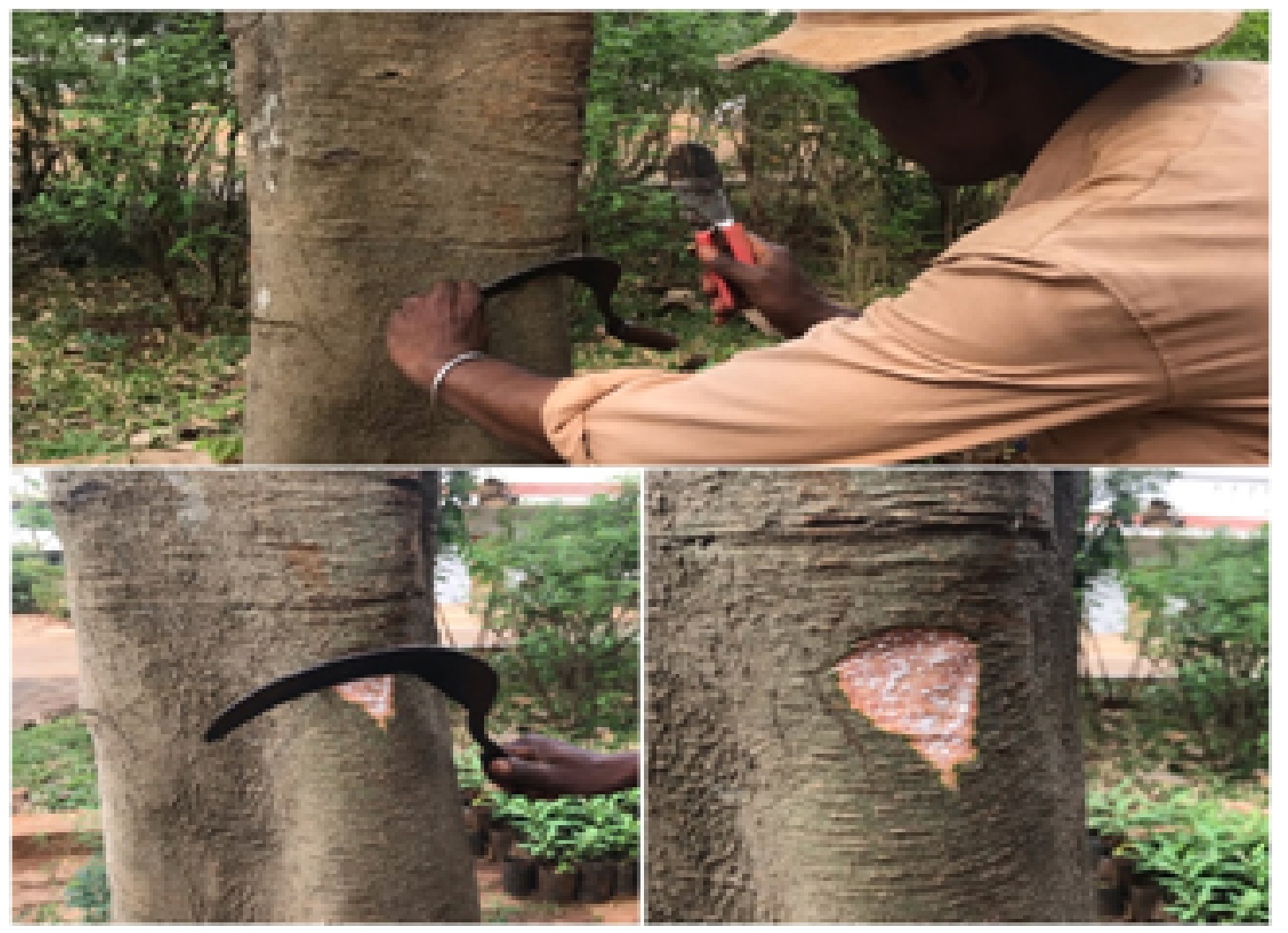Exploring the Concepts of Collection Practices of Bark - From Ancient to Modern
DOI:
https://doi.org/10.47070/ayushdhara.v11i1.1487Keywords:
Barks, Ancient, Modern, Collection practicesAbstract
Indian indigenous health care tradition plays a vital role in the health sector as it forms the major resource base of the medicinal plants. Precisely, 90% of the plant constituents are yet to be explored while only 10% have been studied. The global popularity of ancient Ayurvedic medicine is creating the persistent increase in demand and supply of Ayurveda medicinal plants. Advantages of these medicinal herbs either in single or many combinations, one part or the whole plant are known in every Indian house hold from the time of our ancestors. Ayurvedic science, the Indian system of medicine is known for the uniqueness of utilising different parts of the medicinal plant such as roots, leaves, flowers, barks etc and even minerals to treat various disorders. Even Ayurveda Acharyas has stressed upon the medicinal values that each part of the plant possess and has described multiple benefits of these drugs. Dravyaguna is one among the branches of Ayurvedic science that deals with the studies related to Ayurvedic drugs that includes Analytical and physio-chemical studies. In association with the clinical studies, physicochemical and analytical studies are need of the hour to comprehend the beneficial properties of the different parts of the medicinal plants. In this regard, we find many studies but not on the collection of barks. This study is an attempt to explore in depth, the collection practices of barks mentioned in ancient period and modern period.
Downloads

Downloads
Published
Issue
Section
License
Copyright (c) 2024 AYUSHDHARA

This work is licensed under a Creative Commons Attribution-NonCommercial-ShareAlike 4.0 International License.


